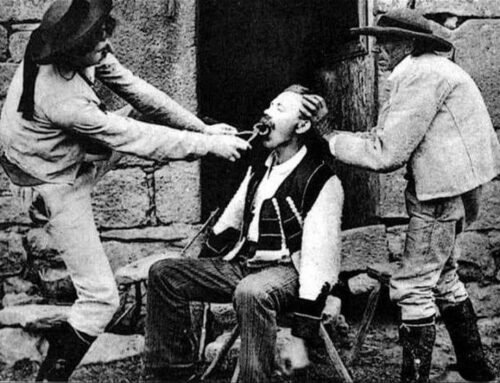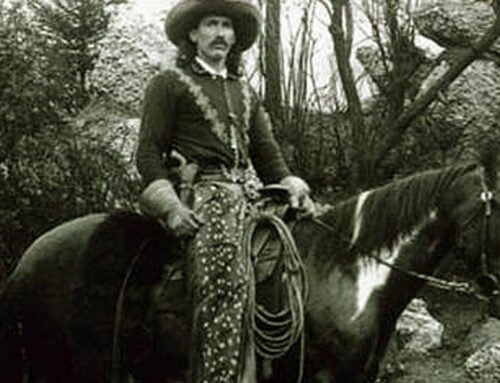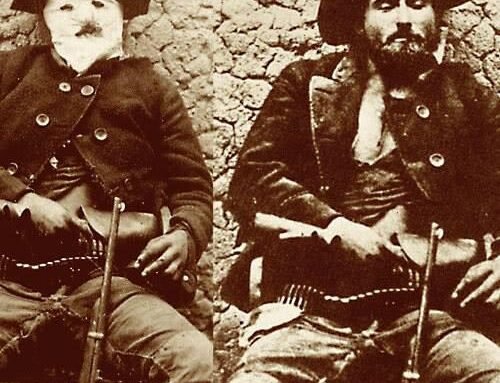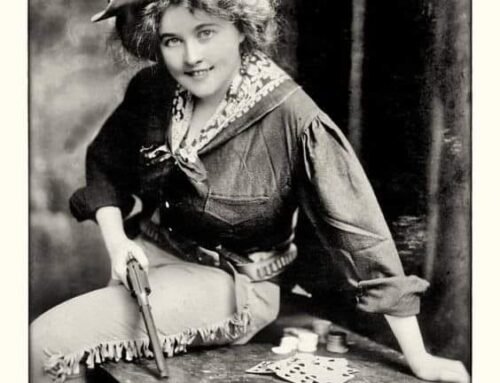Conestoga Wagons
By western author Nick Brumby
“A person without a sense of humor is like a wagon without springs. It’s jolted by every pebble on the road.” — Henry Ward Beecher

It was the vehicle which built early America. The Conestoga wagon was the most popular transport vehicle of the American frontier during the 18th Century. Big, strong, and robust, it carried settlers and freight from Philadelphia, Pennsylvania, to Augusta, Georgia and west to the Mississippi River.
The Conestoga wagon, also simply known as the Conestoga, is a horse-drawn freight wagon that was used exclusively in North America, primarily the United States, in the 18th and 19th centuries. Such wagons were probably first used by Pennsylvania Dutch settlers in the early 18th century. Named for the Conestoga River, such wagons were in use as early as 1717.
Conestoga wagons were used to carry up to six tons of produce or manufactured goods between farms and towns. They were most often used in the northeast United States, especially Pennsylvania, and were rarely used further west than the Mississippi River; lightweight and cheaper covered wagons were preferred by westbound pioneers.

Conestoga wagons are larger, heavier versions of standard wagons, covered by hemp cloths stretched over hoops, with large wheels for traveling over primitive roads, and curved sides and floor to keep the contents centered.
These wagons were 16 to 18 feet long, 11 feet tall, and about 4 feet wide. It could carry 5 to 6 tons of cargo. Capacity was around 4 to 5 tons with no springs. Though it was boat-shaped it did not float. The covered canvas top was supported on eight to twelve angled bows, rather than the upright bows seen on other designs.
What made the Conestoga Wagon so special was its design. It had a curved bottom. The curved bottom allowed for things packed inside to move and shift but not fall out as it went up and down over the land.
 The wagon body was created out of oak, hickory, and poplar wood, with features such as a wagon bed acting as a boat for the wagon in waters, a feed box in the back to store food for horses, water barrels for longer routes, and a toolbox to keep tools for wagon repair. The canvas was a robust material, coated with linseed oil to make the wagon waterproof for longer journeys. Rear wheels were made strong to survive heavy bumps, while front wheels were small and easy to turn.
The wagon body was created out of oak, hickory, and poplar wood, with features such as a wagon bed acting as a boat for the wagon in waters, a feed box in the back to store food for horses, water barrels for longer routes, and a toolbox to keep tools for wagon repair. The canvas was a robust material, coated with linseed oil to make the wagon waterproof for longer journeys. Rear wheels were made strong to survive heavy bumps, while front wheels were small and easy to turn.
Conestoga wagons were also painted. The sides of the wagon were painted blue. The underside of the wagon and wheels were painted red.
Many wagons had black decorative ironwork on the toolbox. Tools were needed if something broke and when the wheels needed to be regreased. About every 100 miles, the wheels had to be removed and grease applied to the axel. The grease allowed the wheels to move.
The wagon had an average speed of 15 mi (24 km) per day to carry luggage safely across overland. Instead of making frequent trips to carry loads from time to time, Conestoga wagons were pulled by trained horses to transport many goods at once.
 The Conestoga wagon required more than half a dozen specially bred horses or big oxen to pull the wagon, compared to prairie schooners, which were easily worked with only two to four horses.
The Conestoga wagon required more than half a dozen specially bred horses or big oxen to pull the wagon, compared to prairie schooners, which were easily worked with only two to four horses.
These wagons were so heavy they needed especially strong animals to pull it over the hills and valleys. These animals also needed to be smart and able to keep going over the long journey. A special horse breed was created, called the “Conestoga Horse”. They had solid, bulky bodies and varied in height from 16 hands (5 feet 4 inches) to 17 ½ hands (5 feet 10 inches) tall. S Conestoga Horses kind of looked like a Clydesdale. It became the first horse breed created in America.
 Alternatively, Conestoga wagons could also be powered by teams of oxen, which were preferred for their strength and endurance. A typical wagon team could consist of up to eight oxen, allowing for the transportation of substantial cargo over great distances. Oxen were well-suited for the work, as they could maintain a steady pace and were less prone to exhaustion compared to horses.
Alternatively, Conestoga wagons could also be powered by teams of oxen, which were preferred for their strength and endurance. A typical wagon team could consist of up to eight oxen, allowing for the transportation of substantial cargo over great distances. Oxen were well-suited for the work, as they could maintain a steady pace and were less prone to exhaustion compared to horses.
Conestogas were very popular in their day; Between 1750 and 1775, more than 10,000 Conestoga wagons traveled within the Pennsylvania region to Philadelphia annually, and 50 to 100 wagons traveled daily. At times, a whole train of 100 wagons traveled at once.
Wagon drivers did not ride in the wagon. Most drivers sat on one of the horses, usually the last horse on the left. Sometimes they rode on a “lazy board” that stuck out from the left side of the wagon behind the left-front wheel. By sitting on the left, the driver could reach the brake lever and also see traffic coming on the opposite side of the road.
It is thought that this is one of the reasons why North Americans drive on the right-hand side of the road.

About Nick Brumby
I like a good story. And of all stories, I love westerns the most.
As a kid, I spent far too many afternoons re-watching Clint Eastwood spaghetti westerns, picking up ‘Shane’ for just one more read, or saddling up beside Ben Cartwright when ‘Bonanza’ was on TV each afternoon.
I’m a former journalist and I love horses, dogs, and the occasional bourbon whiskey. I live with my wife, daughter and our ever-slumbering hound in a 1800’s-era gold mining town – our house is right on top of the last working gold mine in the area. There may not be much gold left, but there’s history wherever you look.
I hope you enjoy my westerns as much as I enjoyed writing them!
Happy trails,
Nick



























